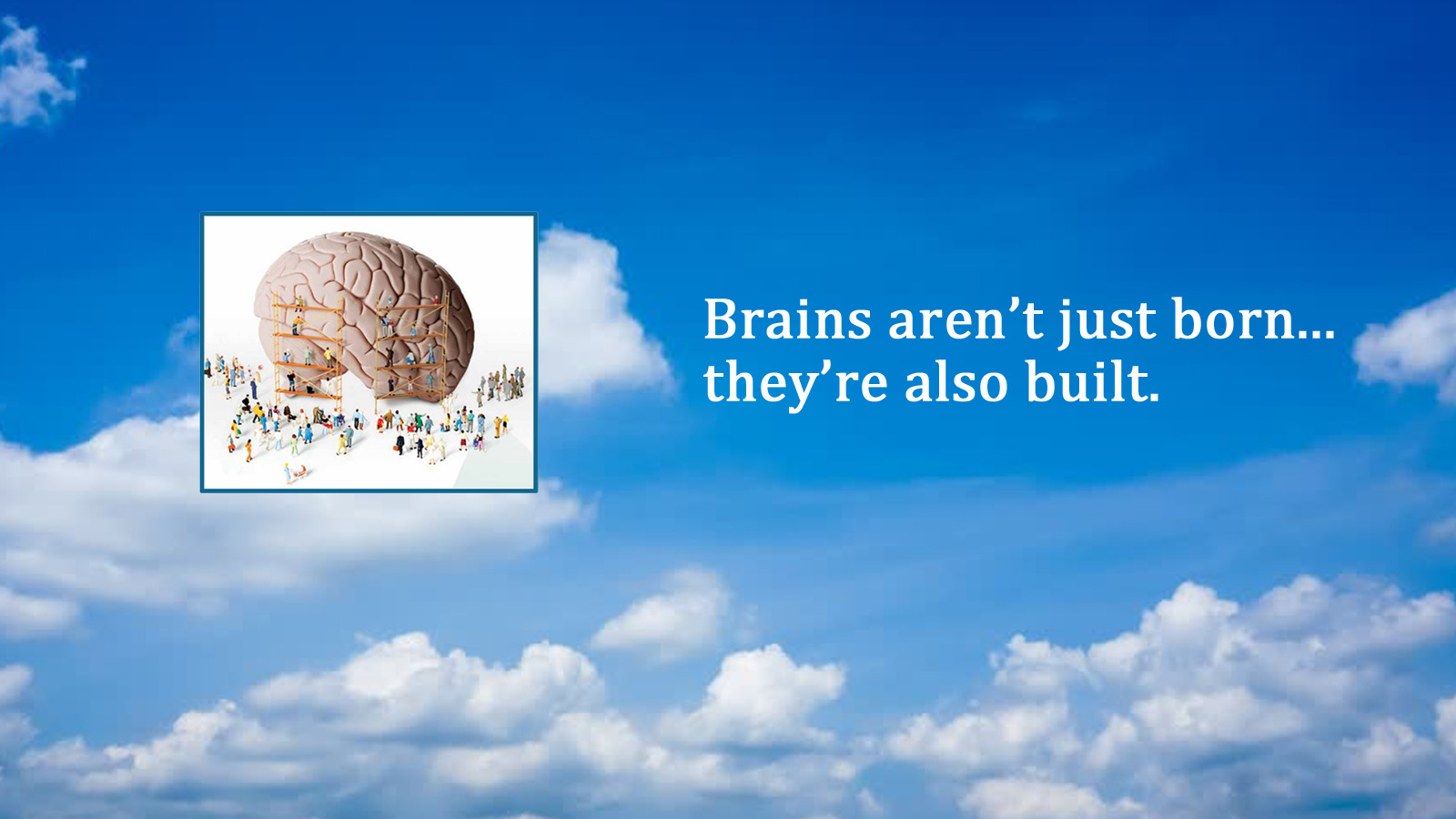Home > News and Stories >
Story
Preventing Childhood Adversity and Building Community Resilience: Investing in an Emerging Field

 By Kim McPherson, Senior Program Officer, St. David’s Foundation
By Kim McPherson, Senior Program Officer, St. David’s Foundation
The majority of human brain development occurs by age five. Our early experiences shape not just our behavior, but also our biology. A growing body of research, prompted by the Adverse Childhood Experience (ACE) study, is providing transformative insights into the link between early experiences and major diseases and social problems. It’s now clear that we have a critical window of opportunity to improve the life trajectory of the next generation.

Source: CDC.gov
So, what happens when children face high levels of early adversity? Children who experience four or more adverse childhood experiences (compared to zero) are more likely to become adults who face a large burden of disease and social problems.

Source: [1] Felitti, v, Anda, R., Nordenberg, D., et al. Relationship of child abuse and household dysfunction to many of the leading causes of death in adults: The Adverse Childhood Experiences (ACE) Study.” American Journal of Preventive Medicine 14, no. 4 (1998): 245-258.
Today, there are approximately 63,000 children in the Austin MSA estimated to have experienced doses of adversity high enough to face these elevated risks. This is based on rates from the original ACE study which found 12.5% of the study population had four or more ACEs by age 18. New data indicates that these prevalence rates are likely conservative, meaning the size of the at-risk population is likely larger. And, this population is not static. Each year a new generation of babies are born into our community.
Those numbers and the science behind their link to later health status was the impetus for the Foundation to put our muscle behind reducing childhood adversity, and building individual, family and community resilience to buffer the effects of adversity. However, we recognize working in an emerging field presents its own set of challenges. Questions remain about whether, when, how and who to screen, which treatment interventions are most effective, and which field owns responsibility to lead this work. And, perhaps most illustrative of an emergent field, are the questions about where this field begins and ends, since childhood adversity intertwines with multiple societal challenges, as illustrated in the ACEs Tree.

Source: Ellis, W., Dietz, W. (2017) A New Framework for Addressing Childhood Adversity and Community Experiences: The Building Community Resilience (BCR) Model. Academic Pediatrics. 17 (2017) pp. S86-S93. DOI Information: 10.1016/j.acap.2016.12.011
To navigate this emergent field, we rely on three core beliefs:
1. Brains are built, not born. Experience (especially early) shapes who we are and who we become. Strong early experiences require robust “serve and return” interactions between baby and caregiver. We know that parental stress is an antagonist to nurturing engagement, so building better brains for the next generation means lowering unhealthy doses of stress for parents and caregivers.
2. We are fundamentally social creatures. Human beings need healthy social connections to lead healthy lives. How communities are designed, how welcoming they are, and what the values and norms are around mutual support matter greatly if we seek to support the caregivers responsible for building strong foundations for our next generation.
3. This science demands broad participation. No one sector owns or is responsible for attending to or implementing this science. This body of work sits at the intersection of biology and social science. If there was ever a time and place for medicine, social work, and public health to develop a common agenda, this is it.
From these core beliefs, we developed the pillars of our strategy:
Screening. While screening tools, practices, and protocols are evolving, we believe a public health approach with universal screening and intervention is critical to progress. Screening and guidance needs to occur at sites already widely used and trusted by caregivers, such as the pediatrician’s office.
Treatment. We recognize that screening creates an obligation to offer appropriate follow up and interventions. If we are going to screen, we need to ensure a strong and accessible therapeutic web that offers effective guidance and supports as well as specialized treatment when necessary.
Prevention. We define prevention simply: supporting families and connecting communities. The work here is about creating the conditions that promote strong, healthy early relationships. Our investment in the launch of Texas Family Connects, a universal home visiting program for newborns, lays the foundation for this work.
Promote the Science. The science linking child adversity to later health and well-being doesn’t always speak for itself. It needs champions and translators to put it into practice. We’re using forums, whether screening Resilience, fielding a SXSW panel, or promoting Brain Story Certification, to turn science into practice.
Finally, we believe that starting this work requires understanding what assets already exist that we can learn from, build on, connect with, and scale up to create a stronger, more resilient community. To that end, we launched this work with a local assets map that sets a starting point for our journey.
This is an exciting time to enter this field. Promising research and cross sector collaborations are developing locally and nationally. We look forward to learning and working together to create the community we want for our children.
Banner Image Source: Alberta Family Wellness Initiative
Contact
Kim McPherson, Senior Program Officer
[email protected]
“If I were granted one wish to secure the future health of our community, it would be that anyone who makes decisions that touch the lives of our kids (parents, elected official, clinicians, etc.) understands the core story of brain development. Understanding the science naturally leads to smarter, sustainable solutions that stick.”